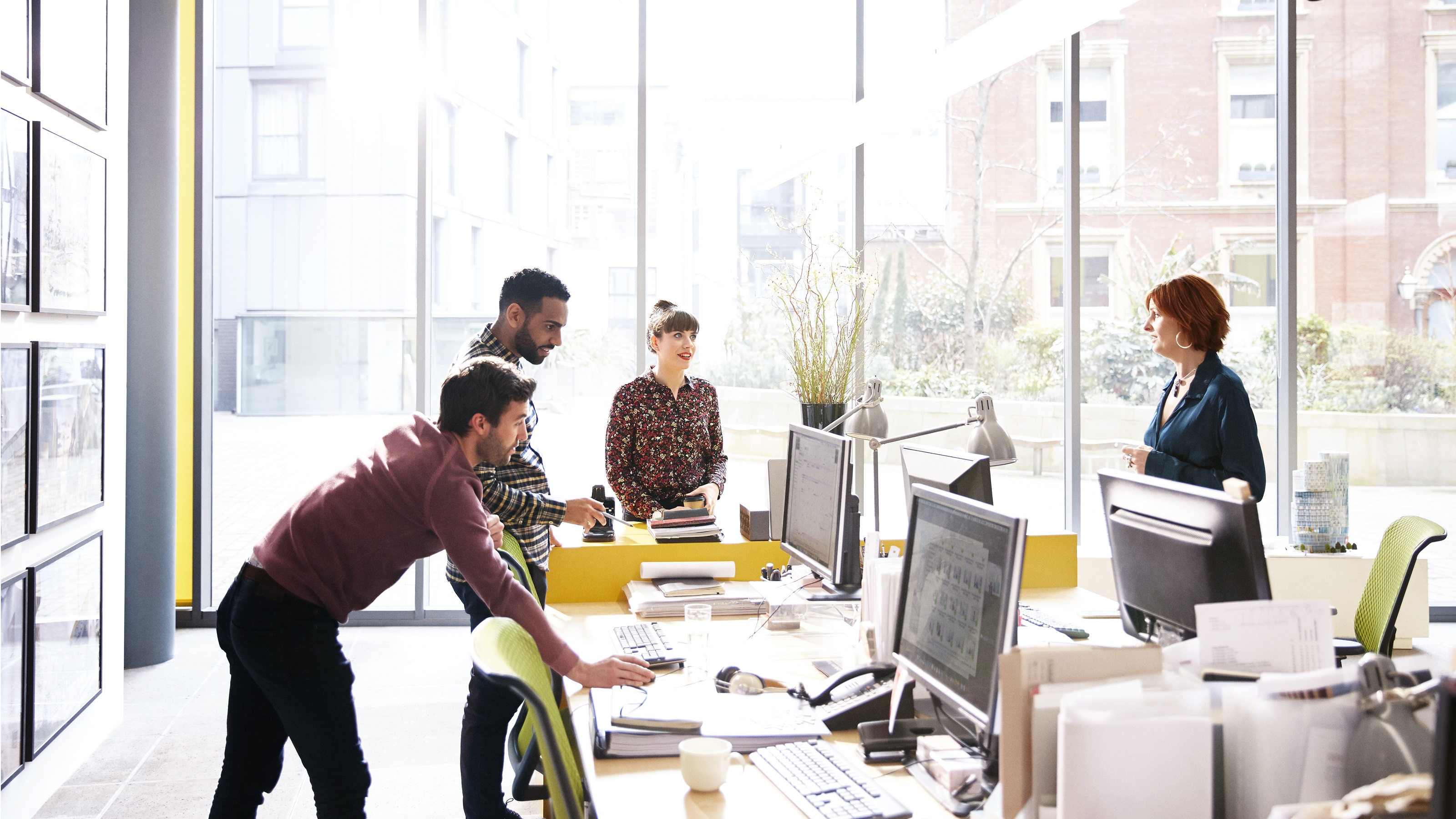Is the Dollar Really Going Out of Style?
Right now the dollar is being pummeled by traders, but its real future lies in the hands of the Federal Reserve.
Reports of the dollar’s imminent demise aregreatly exaggerated. Since its most recent peak in March ofthis year, the greenback has fallen about 10% on a trade-weightedbasis. One-on-one against the euro, the buck is down 15% over the sameperiod, but even by that measure, it remains well above its April 2008record low of $1.60 to the euro.
It would take a far more rapid sell-off to suggest a genuine currency crisis. “If the dollar’s decline got really out of hand, say 30% in a relatively short time, it would become very hard for the U.S. to roll over its debt at current interest rates,” says Niall Ferguson, a Harvard University professor who specializes in financial history.
But such a rapid dollar fall is unlikely unless there’s a total loss of confidence in the U.S. economy and its financial markets. This might have been expected at the height of the financial crisis. In fact, one of the biggest surprises of the crisis was that investors flocked to the dollar as a safe haven.
From just $107.88 $24.99 for Kiplinger Personal Finance
Become a smarter, better informed investor. Subscribe from just $107.88 $24.99, plus get up to 4 Special Issues

Sign up for Kiplinger’s Free Newsletters
Profit and prosper with the best of expert advice on investing, taxes, retirement, personal finance and more - straight to your e-mail.
Profit and prosper with the best of expert advice - straight to your e-mail.
If anything, the dollar’s decline over the past seven months reflects traders’ confidence in a global recovery. With the federal funds rate still close to zero and investors regaining some appetite for risk, many are selling dollars to buy higher-earning foreign currencies. This process, known as the carry trade, was one of the factors that pushed the dollar down during the final years of the most recent boom.
“You’re seeing a pretty broad-based love affair with emerging market assets, including but not limited to equity markets,” says Philip Suttle, director of global macroeconomic analysis at the Institute of International Finance in Washington, D.C.
The buck’s value won’t climb till the Federal Reserve hikes interest rates, probably not until mid-2010 at best. When that happens, though, the appreciation could be particularly sharp. When traders see that such a hike is imminent, many will start unwinding their positions in the carry trade.
That has the potential to whipsaw those emerging market economies that have no or minimal currency controls. At present, their currencies are climbing rapidly against the dollar, making their exports less competitive. But investments now pouring into their economies could drain just as quickly when the dollar recovers. Even more worrisome is the prospect of such hot money fueling inflation and asset price bubbles, which could burst with devastating effect. Brazil, which suffered a currency crash in 1998-1999, has just slapped a 2% tax on capital inflows to cool such speculation.
Profit and prosper with the best of Kiplinger's advice on investing, taxes, retirement, personal finance and much more. Delivered daily. Enter your email in the box and click Sign Me Up.
-
 Stocks Chop as the Unemployment Rate Jumps: Stock Market Today
Stocks Chop as the Unemployment Rate Jumps: Stock Market TodayNovember job growth was stronger than expected, but sharp losses in October and a rising unemployment rate are worrying market participants.
-
 Should You Renew Your CD?
Should You Renew Your CD?With rate cuts impacting earnings, we examine if now is a wise time to renew CDs.
-
 7 Ways to Plan Now to Save on Medicare IRMAA Surcharges Later
7 Ways to Plan Now to Save on Medicare IRMAA Surcharges LaterUnderstand the critical two-year lookback period and why aggressive planning before you enroll in Medicare is the most effective way to minimize IRMAA.
-
 AI Appliances Aren’t Exciting Buyers…Yet
AI Appliances Aren’t Exciting Buyers…YetThe Kiplinger Letter Artificial intelligence is being embedded into all sorts of appliances. Now sellers need to get customers to care about AI-powered laundry.
-
 What to Expect from the Global Economy in 2026
What to Expect from the Global Economy in 2026The Kiplinger Letter Economic growth across the globe will be highly uneven, with some major economies accelerating while others hit the brakes.
-
 The AI Boom Will Lift IT Spending Next Year
The AI Boom Will Lift IT Spending Next YearThe Kiplinger Letter 2026 will be one of strongest years for the IT industry since the PC boom and early days of the Web in the mid-1990s.
-
 Amid Mounting Uncertainty: Five Forecasts About AI
Amid Mounting Uncertainty: Five Forecasts About AIThe Kiplinger Letter With the risk of overspending on AI data centers hotly debated, here are some forecasts about AI that we can make with some confidence.
-
 Worried About an AI Bubble? Here’s What You Need to Know
Worried About an AI Bubble? Here’s What You Need to KnowThe Kiplinger Letter Though AI is a transformative technology, it’s worth paying attention to the rising economic and financial risks. Here’s some guidance to navigate AI’s future.
-
 Will AI Videos Disrupt Social Media?
Will AI Videos Disrupt Social Media?The Kiplinger Letter With the introduction of OpenAI’s new AI social media app, Sora, the internet is about to be flooded with startling AI-generated videos.
-
 What Services Are Open During the Government Shutdown?
What Services Are Open During the Government Shutdown?The Kiplinger Letter As the shutdown drags on, many basic federal services will increasingly be affected.
-
 The Economy on a Knife's Edge
The Economy on a Knife's EdgeThe Letter GDP is growing, but employers have all but stopped hiring as they watch how the trade war plays out.